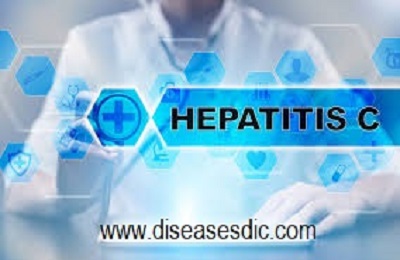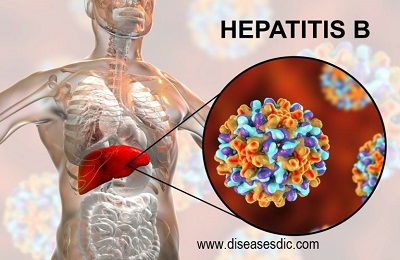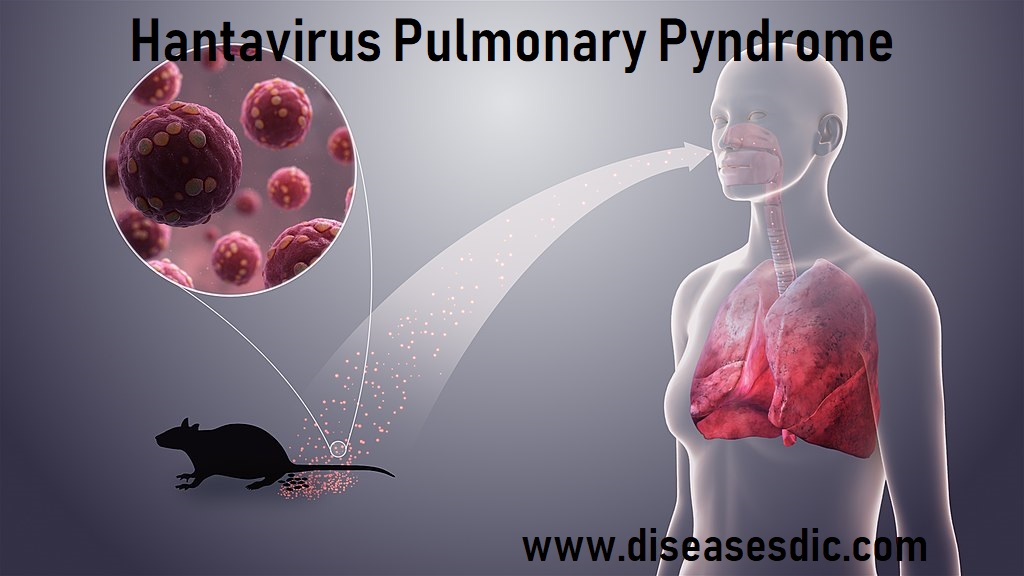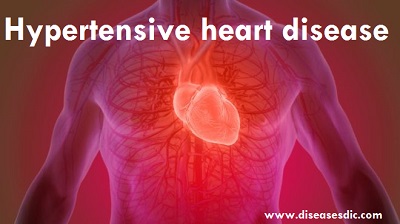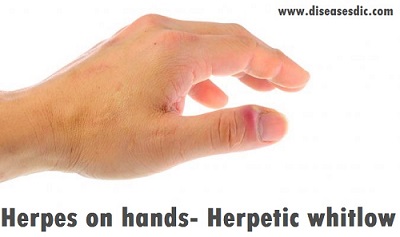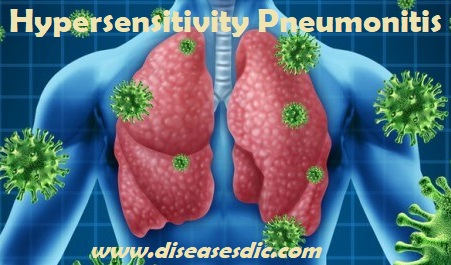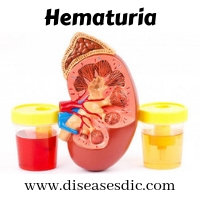What is hepatitis C? Hepatitis C or Hep C is a disease that causes inflammation and infection of the liver. This condition develops after being infected with the hepatitis C virus (HCV). Hepatitis C can be either acute or chronic. Unlike hepatitis A and B, there’s no vaccine for hep …
Read More »Hepatitis B – Causes, Complications and Diagnosis.
Introduction Hepatitis B (Hep B) is an infection of your liver. It can cause scarring of the organ, liver failure, and cancer. It can be fatal if it isn’t treated. It’s spread when people come in contact with the blood, open sores, or body fluids of someone who has the …
Read More »Hepatitis A – Causes, Symptoms, and Treatment
Introduction – Hepatitis A Hepatitis A is a liver disease caused by the hepatitis A virus (HAV). The virus is primarily spread when an uninfected (and unvaccinated) person ingests food or water that is contaminated with the feces of an infected person. The disease is closely associated with unsafe water …
Read More »Hantavirus Pulmonary Syndrome – Risk factors and prevention.
What is Hantavirus pulmonary syndrome? The term hantavirus represents several groups of RNA-containing viruses (that are members of the virus family of Bunyaviridae) that are carried by rodents and can cause severe respiratory infections termed hantavirus pulmonary syndrome (HPS) and hemorrhagic fever with renal syndrome (HFRS). HPS is found mainly …
Read More »Hypertensive Heart Disease – Causes and treatments
Hypertensive Heart Disease – Definition Hypertensive heart disease is characterized by a firmly continuous high blood pressure in which the force of blood against the artery walls is too high. Continuous hypertension causes structural and functional abnormalities of the heart. This can also cause damage to the ventricular and arterial …
Read More »Herpetic Whitlow – Overview, Risk factors, and Diagnosis.
Herpetic Whitlow – Overview Herpetic whitlow is a painful hand infection or lesion that typically involves one or more fingers. It is usually caused by herpes simplex virus 1, but occasionally it is caused by the herpes simplex virus 2. It usually afflicts health care workers, such as dentists. The …
Read More »Hypersensitivity Pneumonitis – Risk factors and Prevention.
Description – Hypersensitivity Pneumonitis Hypersensitivity pneumonitis (HP), also called extrinsic allergic alveolitis, is a respiratory syndrome involving the lung parenchyma and specifically the alveoli, terminal bronchioli, and alveolar interstitium, due to a delayed allergic reaction. Such reaction is secondary to a repeated and prolonged inhalation of different types of organic …
Read More »Hematuria – Causes, Treatment, and Prevention.
Hematuria – Overview Blood in urine – known medically as hematuria – is usually not a reason for major alarm. Because blood in urine can be a sign of a serious medical condition, however, it shouldn’t be ignored. All cases of hematuria should be evaluated by a doctor who can …
Read More » Diseases Treatments Dictionary This is complete solution to read all diseases treatments Which covers Prevention, Causes, Symptoms, Medical Terms, Drugs, Prescription, Natural Remedies with cures and Treatments. Most of the common diseases were listed in names, split with categories.
Diseases Treatments Dictionary This is complete solution to read all diseases treatments Which covers Prevention, Causes, Symptoms, Medical Terms, Drugs, Prescription, Natural Remedies with cures and Treatments. Most of the common diseases were listed in names, split with categories.
